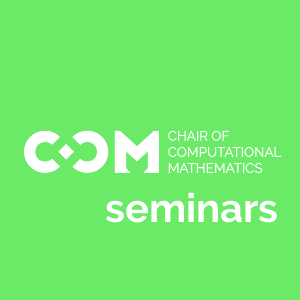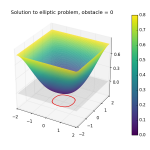Model reduction of converter-dominated power systems by Singular Perturbation Theory
Abstract: The increasing integration of power electronic devices is driving the development of more advanced tools and
methods for the modeling, analysis, and control of modern power systems to cope with the different time-scale oscillations. In this paper, we propose a general methodology based on the singular perturbation theory to reduce the order of systems modeled by ordinary differential equations and the computational burden in their simulation. In particular, we apply the proposed methodology to a simplified power system scenario comprised of three inverters in parallel—controlled as synchronverters—connected to an ideal grid. We demonstrate by time-domain simulations that the reduced and decoupled system obtained with the proposed approach accurately represents the dynamics of the original system because it preserves the non-linear dynamics. This shows the efficiency of our technique even for transient perturbations and has relevant applications including the simplification of the Lyapunov stability assessment or the design of non-linear controllers for large-scale power systems.


